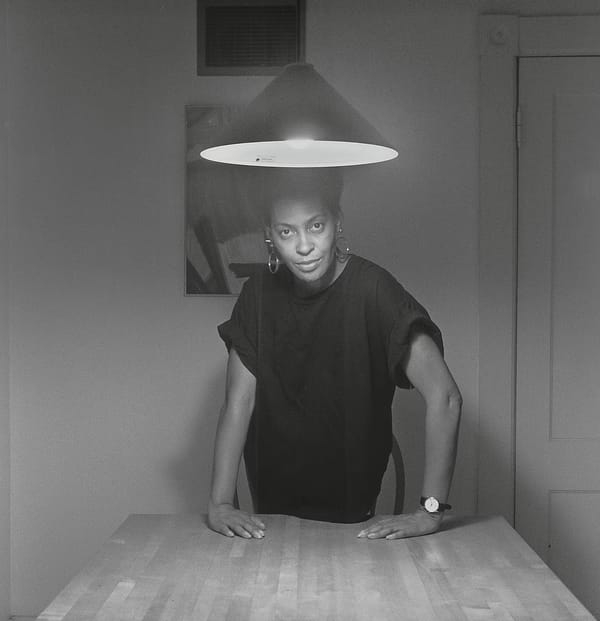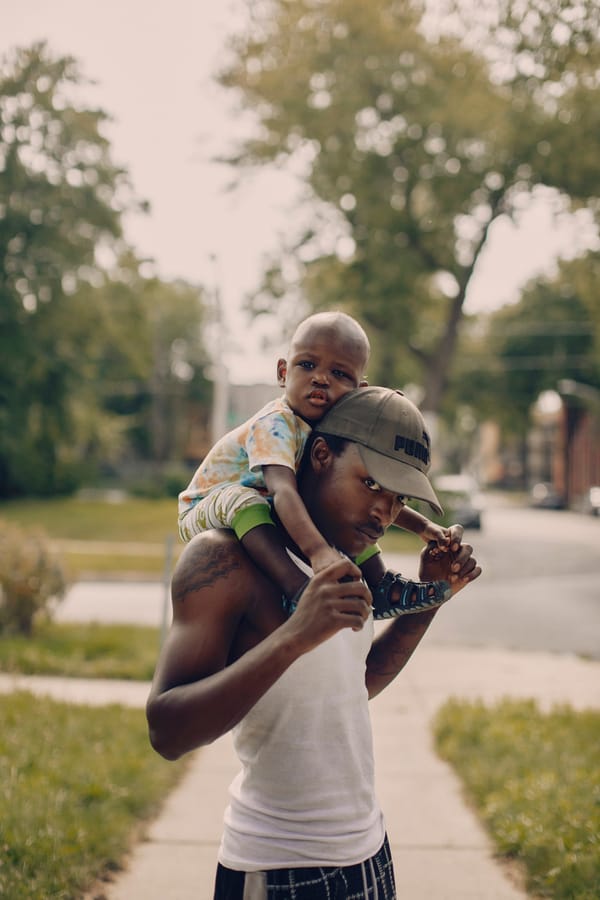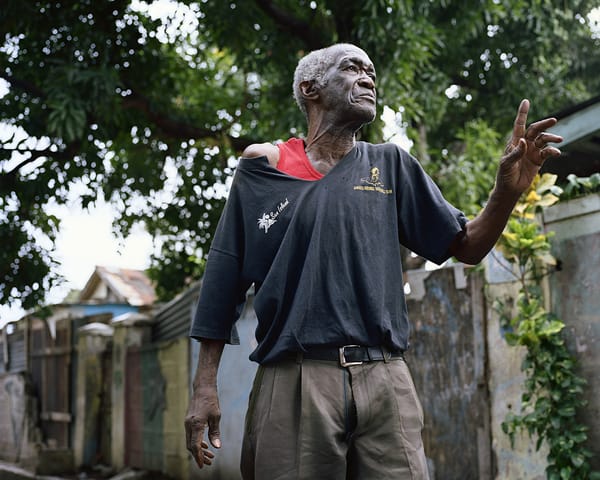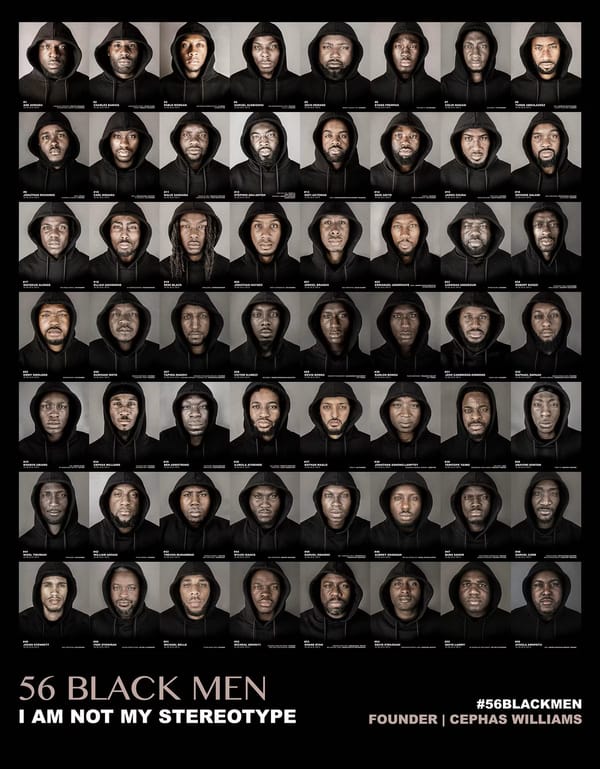What Liz Johnson Artur saw

Look closely at this photograph. Let your eyes stay with it, and ask yourself, "What am I really seeing?"
Three boys ride through a tunnel.
The night wraps around them, but they don’t flinch. One chews gum. One stares ahead with wired focus. One stays half-turned, face cloaked by a hood. Their bikes are oversized, their presence bigger still. Behind them, more follow. A rolling constellation of movement, sound, energy.
This is what Liz Johnson Artur saw.
And more importantly, this is what she chose to show.
Captured as part of her Black Balloon Archive, an ever-expanding body of work documenting the richness of Black lives across Europe and beyond, this photograph refuses spectacle. It offers no moral, no warning, no fixed narrative. Instead, it meets these boys exactly where they are: in motion, in rhythm, in their own element.
They are not at risk.
They are not troubled.
They are alive, and being seen.
This is one of Johnson Artur’s gifts: to honour everyday presence as a form of beauty. There is no need to dress it up. The strength is in the details. The gum, the hood, the posture, the earphones looping wire-like through the darkness. These are not ornaments. They are anchors. They say, this is how we move through the world.
Her camera does not chase or judge. It rides alongside.
What’s powerful here is not just the image, but the absence of distance. Johnson Artur does not gaze. She listens. Her proximity is not voyeuristic, but communal. She sees these boys not as future men or social symbols, but as they are, right now. Sharp. Expressive. In motion. Owning the street on their own terms.
And the tunnel?
It becomes more than setting.
It becomes metaphor.
Because in the middle of this shadowed corridor, where city light barely reaches, something shines. Black youth, often boxed in by fear and surveillance, blaze forward with speed, style and self. This is not about escape. It is about presence. About being here in a world that too often looks away.
What Liz Johnson Artur saw that night was not a performance.
It was not a statement.
It was a ride.
She saw Black British boys making space.
She saw motion as freedom.
She saw beauty that doesn’t ask permission.
She saw us,
not waiting to be discovered,
but already moving.
Share on social
If this sparked something in you, share it. Our voices are powerful, and when we lift each other up, we all see a little clearer.
Contribute
At theBLKGZE, we don’t just reflect the world, we reshape it. We’re building an archive that centres Black vision and truth. We reclaim the frame. We archive what’s been silenced. We honour the everyday and the extraordinary in Black life.
We’re calling on Black photographers to contribute. Add your voice to the archive. Let's reshape the narrative with a truer picture of who we are and who we’ve always been.





